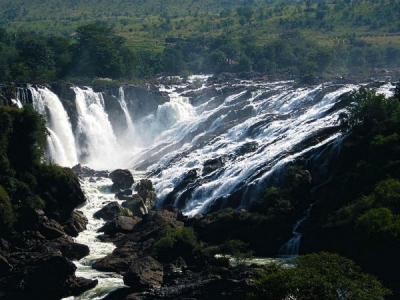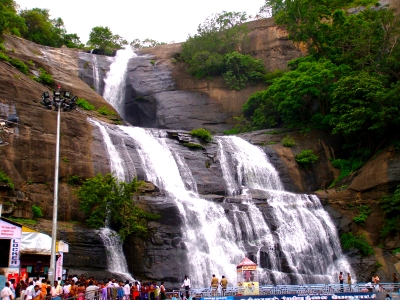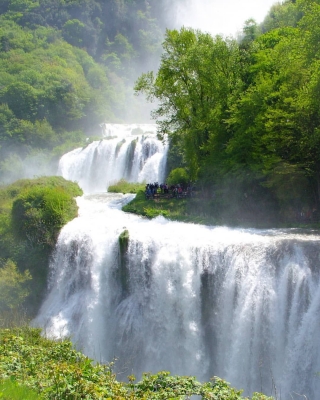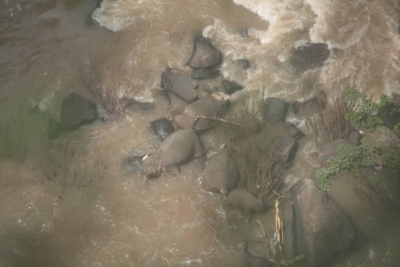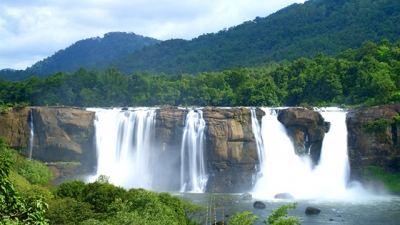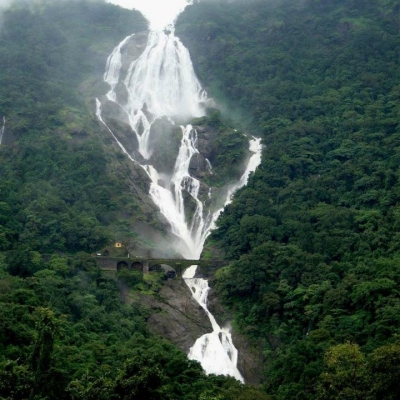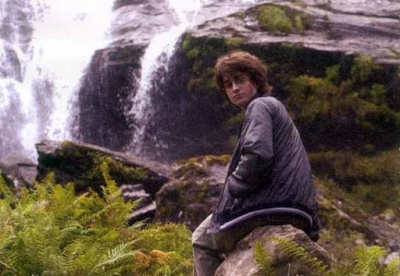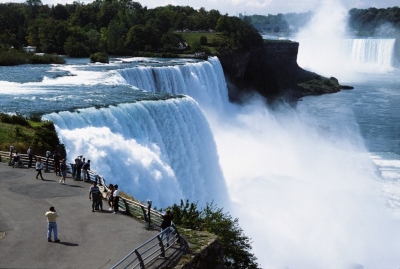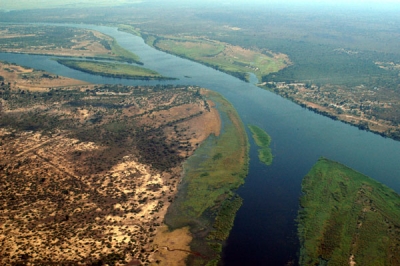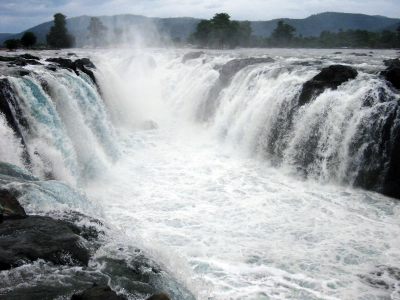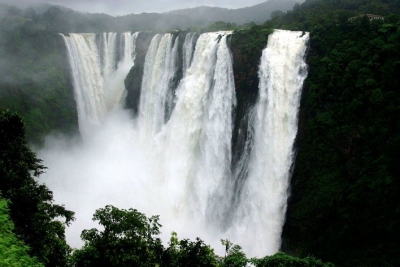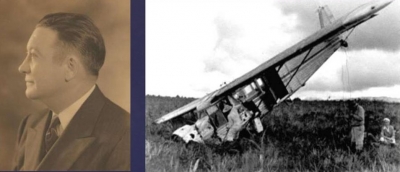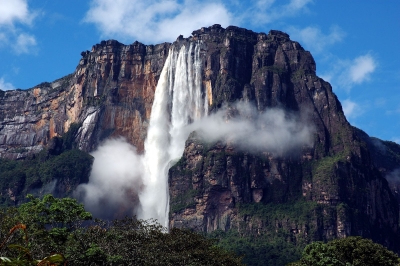Is a waterfall a river?
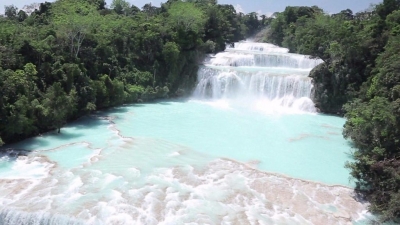
A waterfall is a river or other body of water's steep fall over a rocky ledge into a plunge pool below. Waterfalls are also called cascades.
Often, waterfalls form as streams flow from soft rock to hard rock. This happens both laterally (as a stream flows across the earth) and vertically (as the stream drops in a waterfall). Many waterfalls in an area help geologists and hydrologists determine a region's fall line and underlying rock structure.
Waterfalls are also classified by height. Angel Falls, the world’s tallest waterfall, plummets 979 meters (3,212 feet) into a remote canyon in a rain forest in Venezuela. The water, from the Gauja River, often does not reach the bottom. The fall is so long, and so steep, that air pressure is stronger often than the water pressure of the falls. The water is turned to mist before it reaches the small tributary below.
Picture Credit : Google
